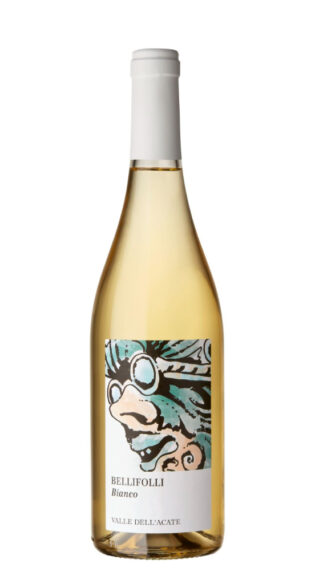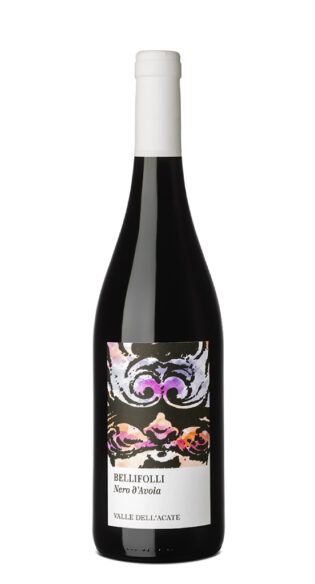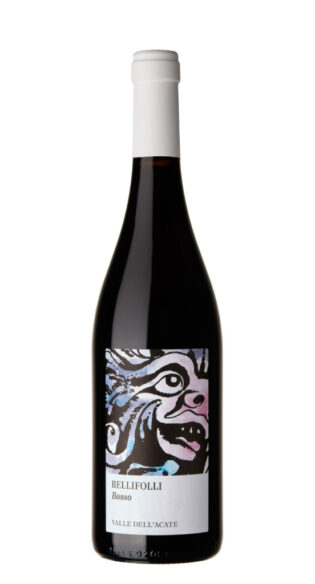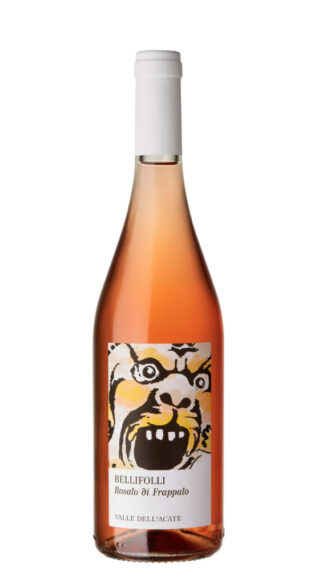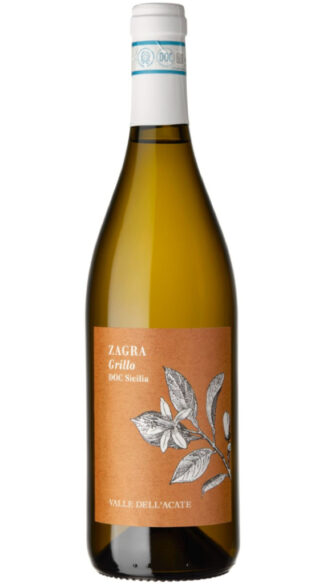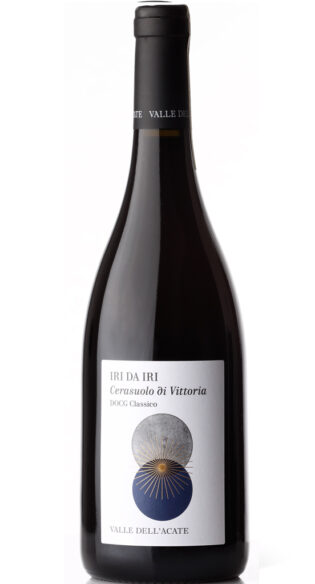7 SOILS PER 7 WINES
“I love to say that Valle dell’Acate wines are similar to Chinese boxes:they contain the essence of Sicily, they exalt the Ragusa province vineyards, they tell my family wine history and today They are the expression of my personal vision. With considerable euphoria, today I invested in the future of my Land.”.
Gaetana Jacono
With “7 soils for 7 wines” project Valle dell’Acate promoted the territory and enhanced the peculiarities of the region, tying each wine to the most suitable soil to exalt its pure expression of style, authentic and specific to interpret the territory, its flavors, and its high quality.
Seven soils for seven wines is born out of fifty years of field experimentations, both empirical and analytical, that located the right soil, the most characteristic for each vineyard, giving a unique expression to each wine and exalting its unique character.
This project is a multisensorial journey into the territory, to be explored one step after another, one year after another, tasting wines that tell its deep and exclusive essence.
Seven are the soils of Valle dell’Acate where the seven wines of its most prestigious line have origins.
YELLOW SOIL
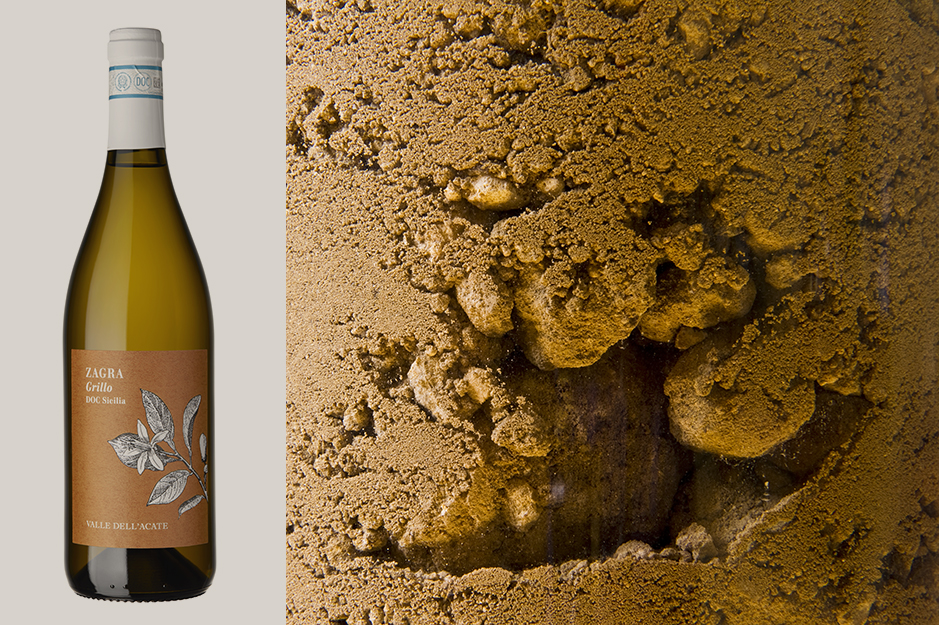
These vineyards are located along the coast, in the Contrada Biddine Soprana e Contrada Biddine Sottana, where the soil has a sandy-clay structure and characteristic yellow color. The soil is relatively light, imbuing the wines with freshness and complex scents. Wine produced here includes Zagra, and is savory and mineral, achieving the fullest possible expression of the three elements inherent to yellow soil, proximity to the sea and well-ventilated slopes.
WHITE SOIL
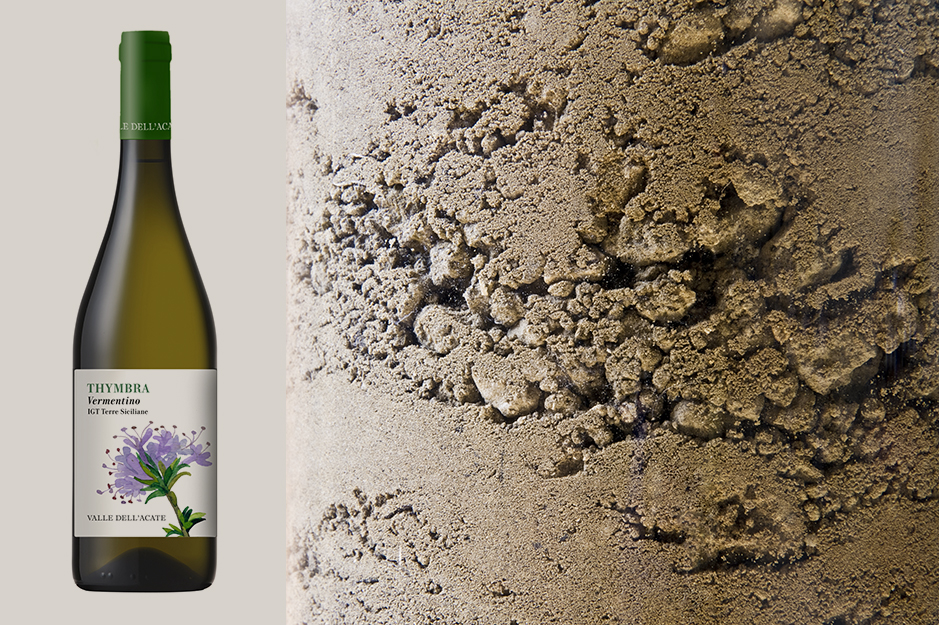
The vineyard is located in a small area of the Biddine Soprana upland, at 250 meters above the sea level. The soil is calcareous, poor but with good deepness that makes the plants suffer, bringing back their vigor, therefore the fruits concentrate and, thanks to the ventilation, do not ripen completely. The wine produced is Thymbra.
BLACK SOIL WITH WHITE PEBBLES
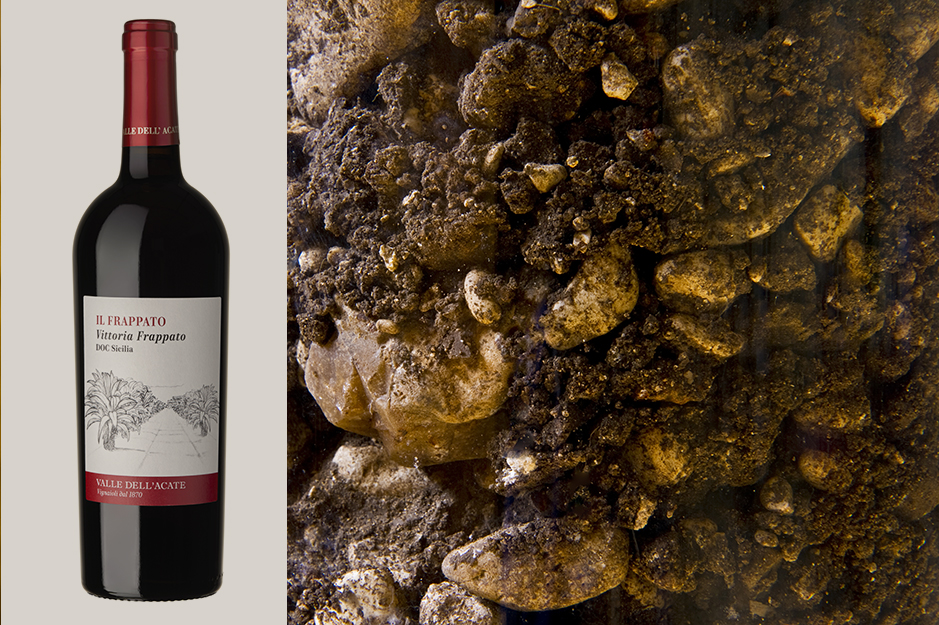
These vineyards in Contrada Biddine Soprana and Contrada Biddine Sottana are located in low-lying soil at roughly 100 meters above sea level. The soil is black, relatively compact and riddled with white stones. The soil structure makes it possible for roots to oxygenate freely, extending down deep into the ground.
The wine produced is Il Frappato, which draws complex perfumes and a decent acidity from the characteristics of the terrain.
RED SOIL
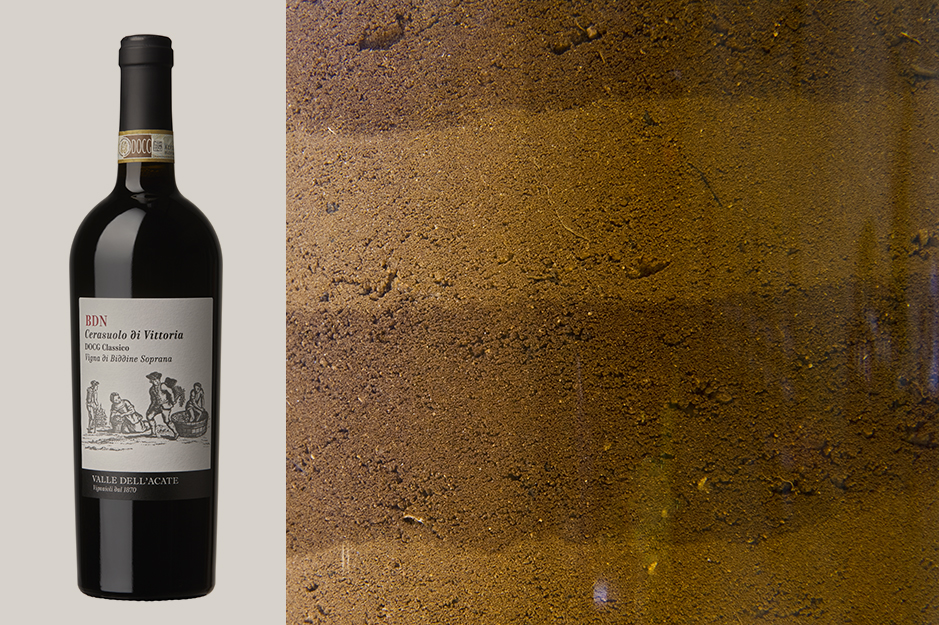
These vineyards are located on the Biddine Soprana plateau. The soil structure is divided between clear red sand and dark, medium density earth with good depth. The grapevines planted in dark red soil produce Nero d’Avola, while the vines planted in clear red soil produce Frappato.
The Nero d’Avola and Frappato grapes are blended together to obtain the famous Cerasuolo di Vittoria, crown jewel and has earned Italy’s vaunted DOCG (Denominazione di Origine Controllata e Garantita) status.
BLACK SOIL
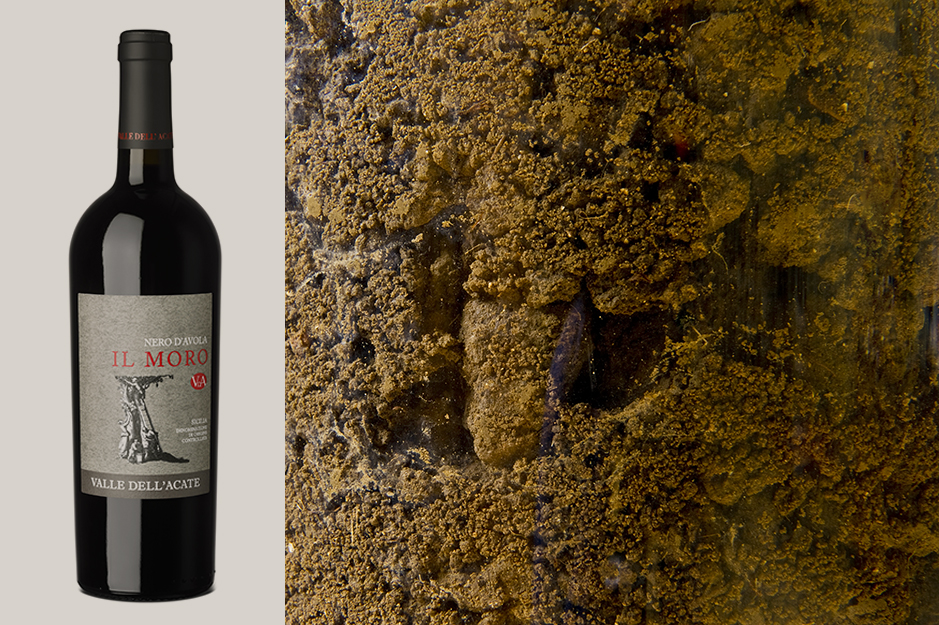
These vineyards are located roughly 120 meters above sea level, where the soil is extremely dark, almost black in color. The soil has a medium density tending toward compact, with a fair proportion of small, dark stones.
These vines are roughly 20 years old, and produce a Nero d’Avola wine called Il Moro, which is well-structured and marked by strong hints of small red fruits like blackberries, raspberries and black cherries, as well as dark chocolate tannins that are at once powerful and enjoyable.
ORANGE RED SOIL
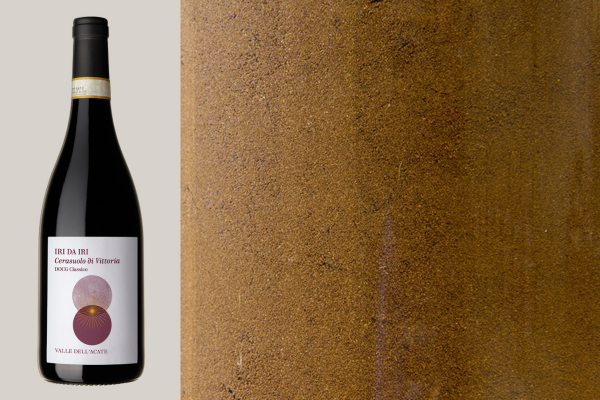
In the highest part of the coast at about 200 meters above sea level, there are very light soils with a red-orange sandy structure that give wines of great structure and complexity. From a single vineyard, the Cru Cerasuolo di Vittoria DOCG Classico Iri da Iri 2013, Iri da Iri 2014 e Iri da Iri 2015 were born.
OCHER SOIL
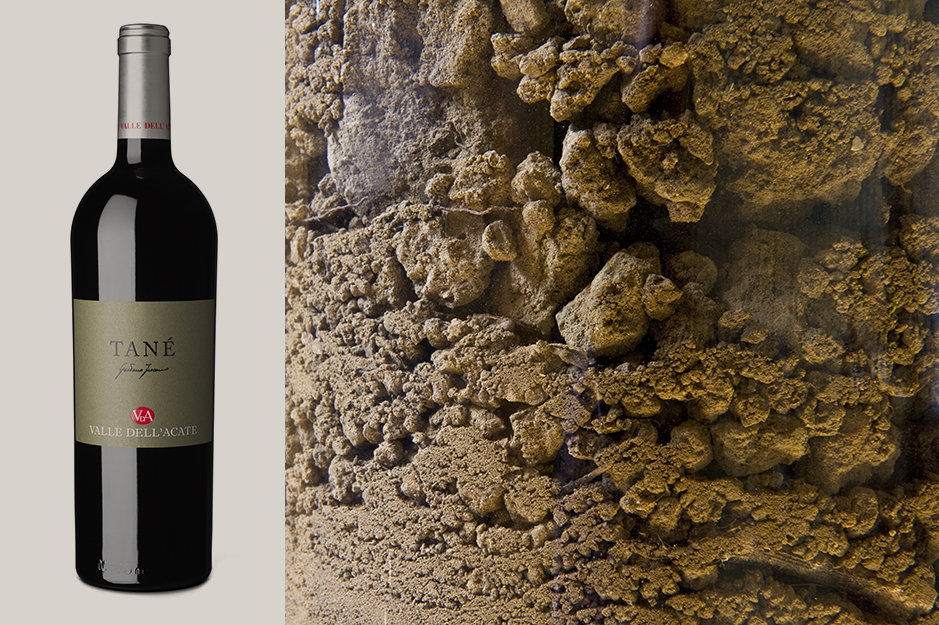
The wine produced here is Tané, or “Gaetana” in Sicilian dialect.
The vineyard has a structure with a good amount of sand that makes the soil loose and light, unique for features that give the best expression of Nero d’Avola, a small vineyard here that produces no more than 800 grams of grape per plant.

 Click here to view the vineyard map.
Click here to view the vineyard map.